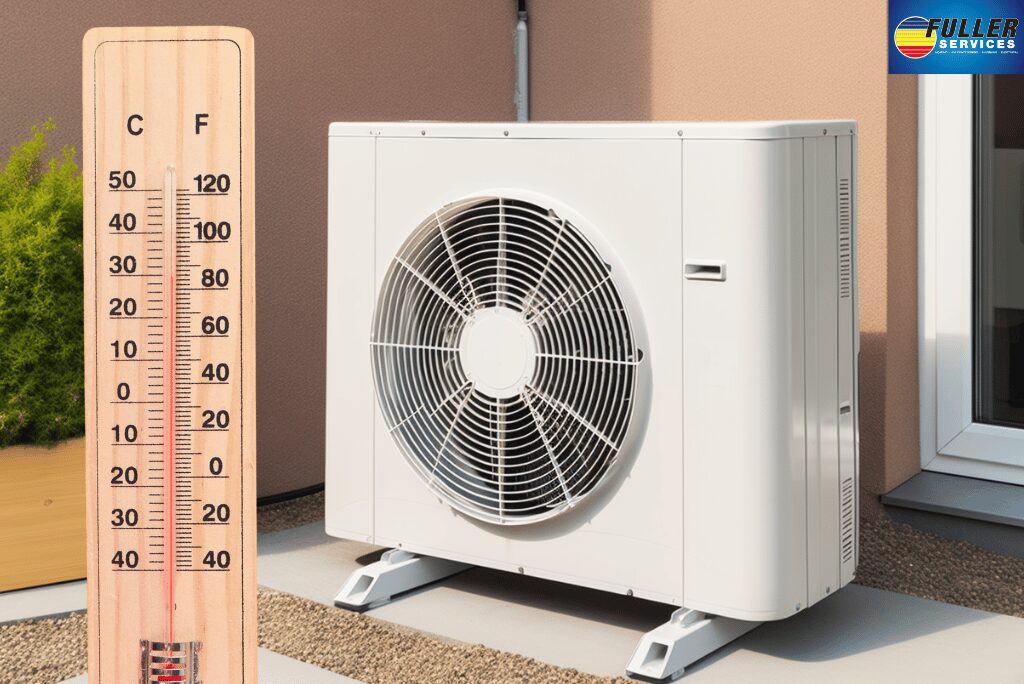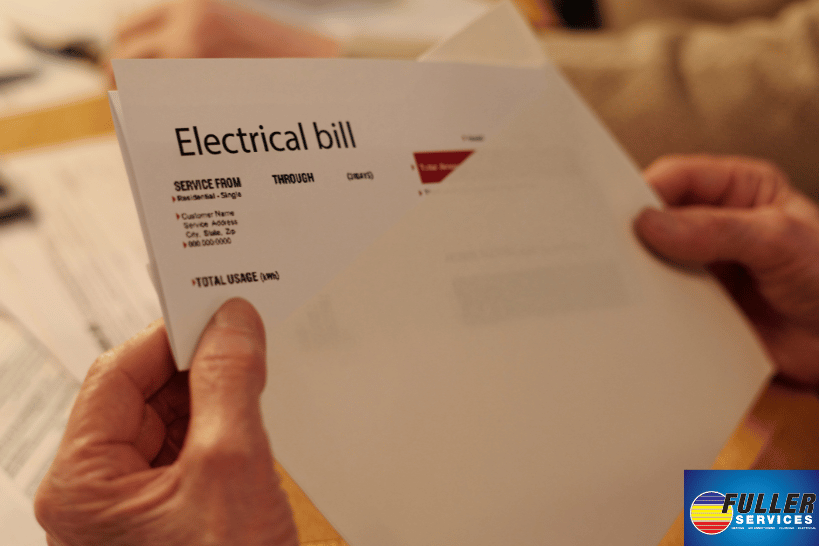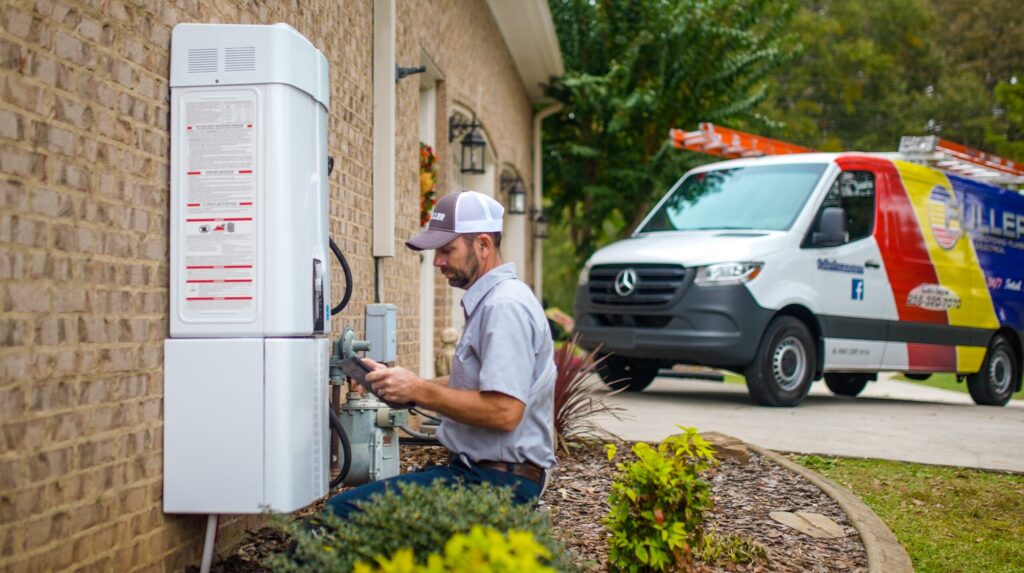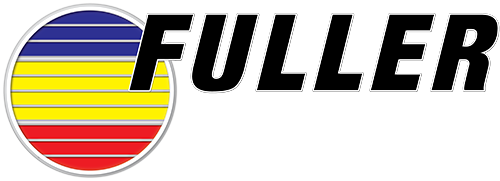
High temperatures aren’t rare in Florence, Alabama, but lately, they seem relentless. If you’ve noticed your home taking longer to cool or your summer energy bills creeping higher, the heat may be to blame.
Every summer, air conditioners across the Shoals work nonstop to fight off the heat. But when the mercury climbs past 90°, your HVAC system starts to feel the strain—and so does your wallet.
In this article, we’ll look at how often Florence actually breaks 90°, why that number matters, and what it means for your cooling system and your bills.

Florence, AL: Heating Up Over the Years
Florence has always been hot in the summer—but now, it’s more than just a few sweltering days here and there. July, the hottest month of the year in this part of Alabama, is where the real heat builds up—and this summer was no exception.
In July 2025, the average high temperature reached 92°F, according to Weather Underground. That’s just slightly above the usual for this time of year, but it still means most afternoons crossed the 90-degree mark—specifically 29 of 31 days, with the highest point temperature reaching 98 degrees. Those are the days when your air conditioner runs longer than usual and works harder to keep things comfortable indoors.
While 92°F might not sound extreme on its own, it adds up. Multiple days like that—stacked one after another—leave little time for your system to catch a break. That’s especially true when overnight lows only dip into the low 70s. The cooler nighttime air normally helps homes shed some heat, but when it stays warm well into the evening, your HVAC has to run more often just to keep up.
Even worse, heatwaves aren’t spaced out like they used to be. Instead of getting a few cooler breaks between scorchers, Florence is seeing longer stretches of hot days without much relief. All that adds up to one thing: more strain on your air conditioner and higher energy bills for you.
Why 90° Is a Threshold for Concern
Once outdoor temperatures hit 90°, your HVAC system has to run longer to keep your home at a steady indoor temperature. Every degree above 90° adds workload.
Most home systems are sized for normal summer highs, not record-breaking heat. At 90°+, systems run near full capacity for longer periods. That extra runtime leads to more wear on critical parts like compressors and blower motors.
It also means that if your unit is older or slightly undersized, it may never fully cool your home during extreme heat. This doesn’t just make your house uncomfortable—it drives energy use even higher as the system runs without pause.

What This Means for Your HVAC Bills
Everything comes down to energy use. The longer your air conditioner runs each day, the more electricity it pulls. And right now, Florence homes are seeing AC units run between 8 and 12 hours daily during August heat spells.
If your unit has a lower seasonal energy efficiency ratio (SEER), it needs more electricity to cool the same space. Older units rated SEER 10 to 13 can drive up your monthly bills fast compared to newer, more efficient models.
Insulation and ductwork play a role, but even well-sealed homes see energy use climb when temperatures reach 95° or above. More runtime equals more kilowatt hours charged to your account.
Worst of all, energy billing often has a delay. So while you may enjoy a cooler home today, the price tag doesn’t hit until the next month’s statement—catching many homeowners off guard.
Related Article: How SEER2 Ratings Really Affect Your Energy Bill
Signs Your HVAC System May Be Struggling
High utility bills aren’t the only sign of trouble. As heat continues to climb, failing systems begin to show other red flags:
- Rooms that stay warm no matter where you set the thermostat
- Longer cooling cycles or constant operation
- Strange noises like hissing or clunking
- A noticeable spike in electric bills over the last summer
Often, these signs suggest that your system is operating under stress. This could mean something simple—like a dirty filter or low refrigerant—but it could also be a bigger problem, such as failing capacitors or a worn-out motor.
Addressing these symptoms early can prevent larger failures later in the season.
Related Article: What Temperature Should You Set Your Thermostat?
How to Prepare for High-Heat Days in Florence
Cooling your home doesn’t have to drain your wallet—even during a hot Alabama summer.
Here are some practical steps to reduce heat-related strain on your HVAC system:
- Change your air filter every 1 to 3 months.
- Seal any visible duct leaks in attics or crawl spaces.
- Keep vents unblocked and clean.
- Set your thermostat a few degrees higher during peak heat hours.
- Schedule a professional tune-up before summer starts.
You can also use ceiling fans to help circulate cool air, or invest in thermal curtains to reduce direct sunlight in the afternoon. These simple steps help your system cool more efficiently and reduce the risk of failure during the hottest weeks.

When the Heat Doesn’t Let Up, Your System Can’t Either
Florence’s summers aren’t getting cooler anytime soon. With more days topping 90° and beyond, local homeowners can expect HVAC systems to work harder and power bills to reflect that demand.
By understanding how extreme heat affects your cooling system, you can take steps now to minimize wear, improve comfort, and keep costs manageable—before the next heatwave hits.
Whether your system needs a repair, seasonal maintenance, or a new installation, Fuller HVAC is here to help. Contact us to keep your home comfortable—no matter how high the temperature rises.
